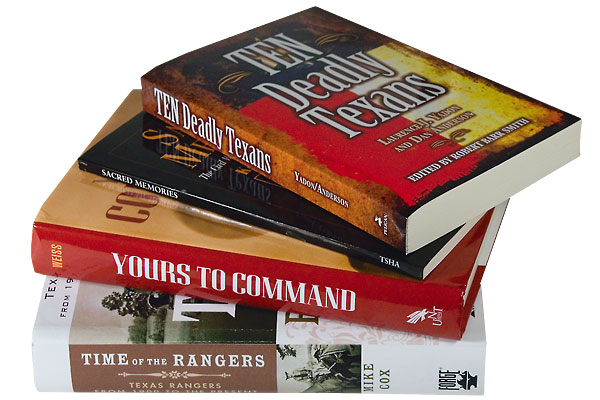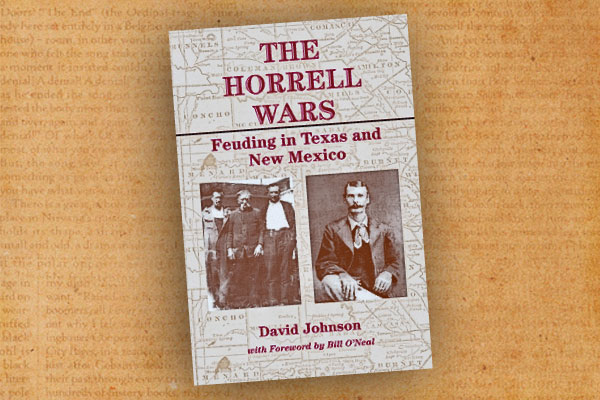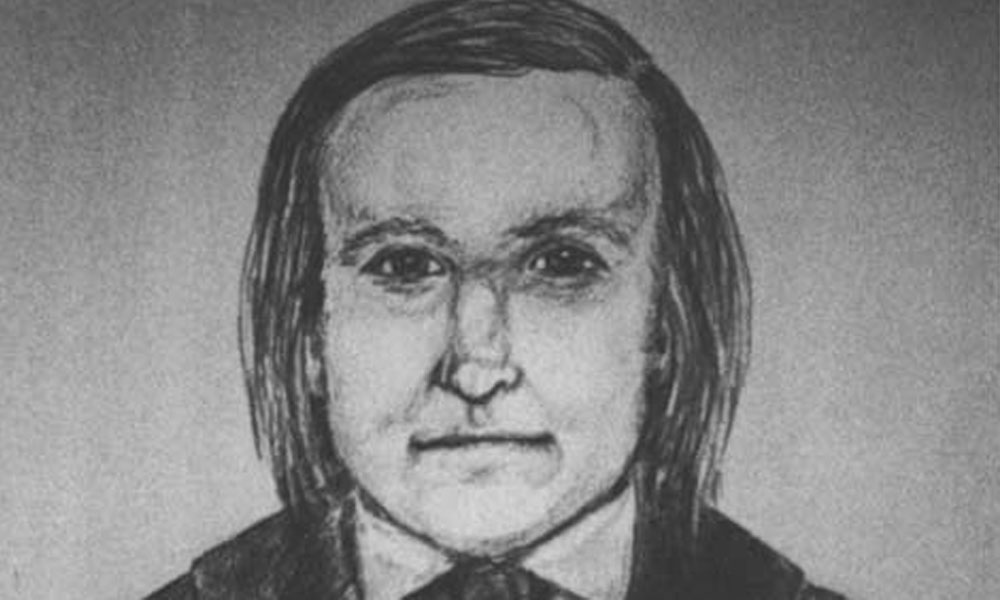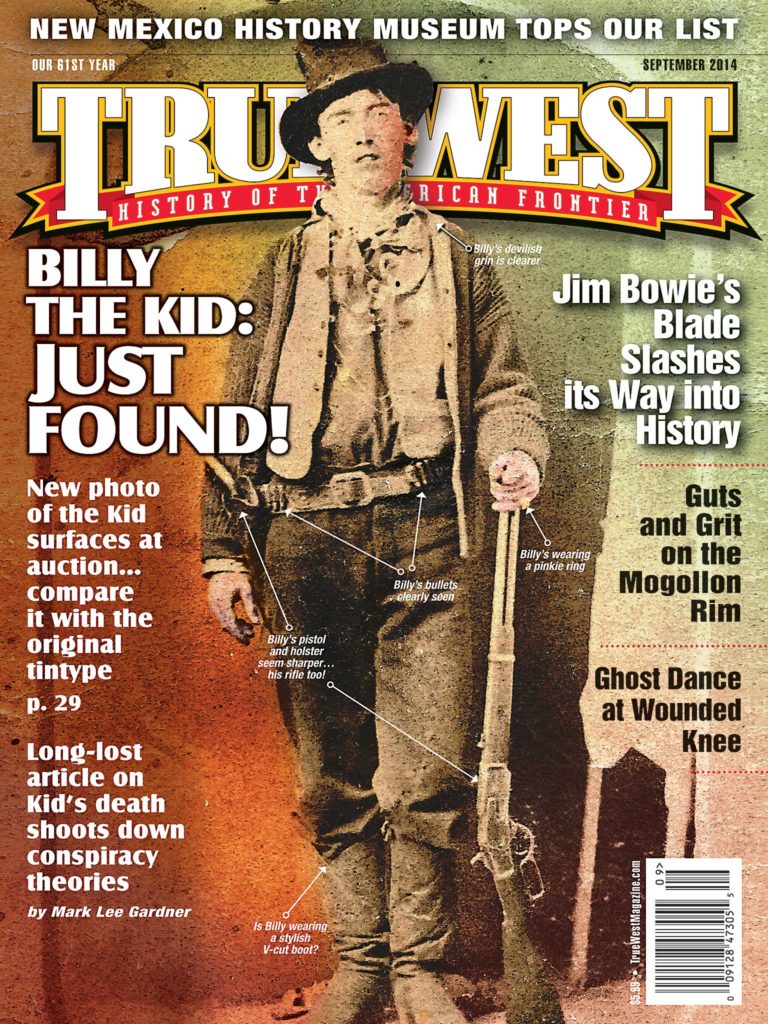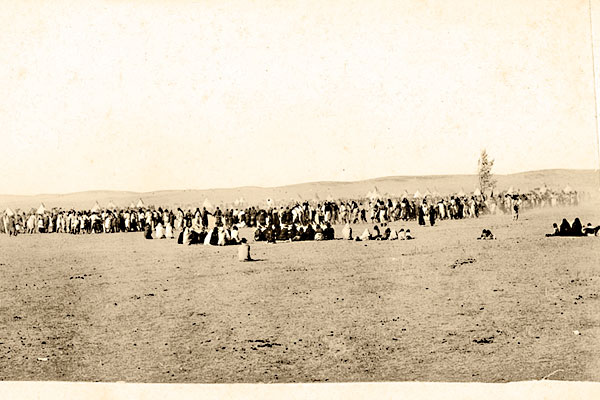
As a total solar eclipse darkened the skies, Wovoka had a grand vision of renewal and success and glory.
It would all go terribly wrong.
Born in Nevada around 1856, Wovoka learned at the feet of his medicine man father. At the age of 14, in 1870, he was sent to live with rancher David Wilson. The youngster, adopting the name Jack, chopped wood (wovoka means “wood cutter”) and learned about Christianity.
As he grew to manhood, Wovoka began incorporating Christian theology—especially the messiah, resurrection and salvation—into his native beliefs. He developed a reputation as a miracle worker. He brought rain to parched areas. He healed people. Stories circulated that shotgun blasts to the chest could not kill him. Paiutes believed his recovery from scarlet fever was responsible for bringing back the sun after that total eclipse.
His words had power among several tribes. They listened when he said God had told him of big changes coming in the spring of 1891. Indians would gain power, and the whites would disappear. The buffalo and game would return. The dead would come back to life. The old ways would flourish. All they had to do was dance the Ghost Dance, which Wovoka would teach them.
It was a message of hope to people who had been beaten down and demoralized. Within months, some 30 tribes had come to learn from Wovoka. Whites mockingly referred to him as an Indian Jesus.
The Ghost Dance message spread, but some Indians didn’t listen to everything Wovoka had preached. Wovoka said that the Indians should live in peace with the whites until God’s apocalypse wiped them out. But some, believing that wearing a Ghost Dance shirt made them invincible (Wovoka called the claim a joke), thought they could push things by taking up arms. As confrontations between Indians and U.S. military personnel escalated, especially among the Sioux in the Dakotas, the Army began thinking that the Ghost Dance was bringing on war. Wovoka’s peaceful movement had gained momentum so quickly, he could no longer control it.
Tensions heightened on December 15, 1890, when Sitting Bull (an adherent of the Ghost Dance) was killed during a botched arrest at the Standing Rock Agency in Dakota Territory. Two weeks later, the Army tried to disarm a group of Miniconjou Lakota Ghost Dancers at Wounded Knee Creek. The soldiers opened fire, killing somewhere between 150 and 300 Lakota.
A few months later, the appointed time came—spring of 1891—when the ghosts would return and the whites would disappear. Nothing happened. Yet Wovoka remained a figure of honor for the next 41 years of his life. He traveled the West, speaking and performing miracles. He made a good living from selling personal items associated with the Ghost Dance (hats were popular, going for $20 each).
Wovoka died on September 29, 1932. A Paiute tribal member said, at the time, that many Indians believed he would return, a messianic second coming that would bring back good times for his people. They’re still waiting.


